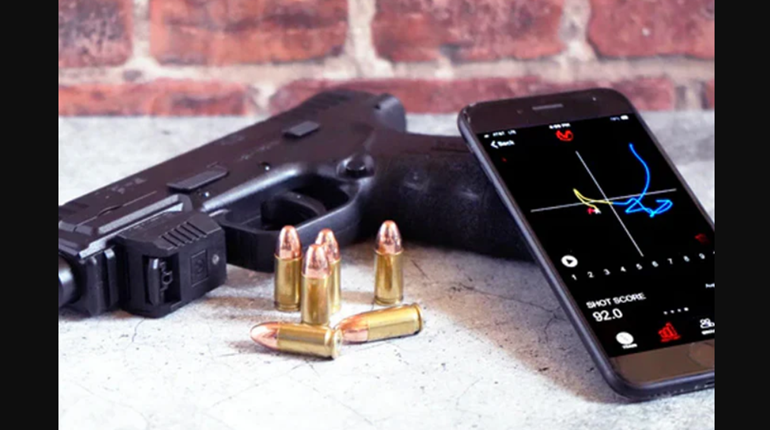
Pistol presentation is a critical part of the defensive response to a violent threat. It is important we make this move safely and quickly. And, to do that we have to practice enough so the presentation becomes a habit. Trust me, in violent encounters your focus will be on the threat. You won’t have time or inclination to look at your gun and holster, or even think very much about it. Here are some things I suggest you consider about the defensive-handgun presentation.
As always, let’s begin with safety. A lot of shooting ranges will not allow practicing from the holster due to safety concerns. That is not as big of an impediment as one might suspect, since dry practice will help the armed citizen perfect their draw stroke. As a reminder, dry practice involves practicing with an unloaded gun—with all ammunition placed in another location—and having a safe direction to point the gun during practice. And check the gun, I mean double- and triple-check it, to make absolutely sure that it is unloaded and that no ammunition is readily available.
In the beginning, we aren’t working for speed as much as we are working for smoothness and economy of movement. It is important to avoid any unnecessary movement, because that wastes time and time is critical. It is even a good idea to get someone to make a video of your presentation so you can study it to determine where you can improve and minimize your movements.
Regardless of where a person carries their defensive handgun, it is important to be able to get a shooting grip on the gun the moment the hand touches it, another time saver. The inability to do this may be a reason to reconsider the carry location, the gun in question or the particular holster. Dry practice will always tell us a lot about the gear that we choose to use.
As the gun is drawn clear of the holster, it is important to keep the arms, hands and gun as close to the body as possible. Elbows should be near or touching the sides of the body. This helps to avoid a possible gun grab by an attacker and keeps the shooter from waving the gun around unnecessarily.
Throughout all of this, the trigger finger should be off the trigger. In fact, it shouldn’t even be inside the trigger guard. The only negligent discharge I have personally witnessed occurred because the shooter simply would not keep his finger straight while drawing or reholstering. It has been proven time and again that the shooter has plenty of time to go to the trigger once his or her gun’s muzzle goes onto the target.
In line with this, we have the important safety rule that says, “Keep your finger off the trigger until your sights are on the target.” You will note that it doesn’t say, “until your eyes are on the sights.” As the gun clears the holster and is brought level so that it addresses the threat, that threat may have advanced so closely that it might be too late to bring the gun up to a two-hand hold and address the sights. Again, with practice we know when we can make that unaimed shot and be addressing the proper target.
Of course, whenever possible we want to obtain a two-hand hold on the gun and see our sights before breaking the shot. Nothing stops a fight like a solid first-shot hit. During this process, we want to get our support hand to the gun as quickly as possible while simultaneously avoiding getting that support hand in front of the gun muzzle.
To do this, we move the support hand at the same time we get a shooting grip on the handgun. I like to bring my support hand to my body just below where my shirt pockets are located, about the middle of the sternum. I actually touch my chest with that support hand to be reassured that it is in the proper place. As the gun is raised, I move my support hand out only far enough to mate it with my shooting hand, make the connection, bring the gun up to eye level and punch it at the target as I acquire the sights.
Throughout the pistol presentation, your eyes should be focused on the target. As the gun goes on target, we quickly catch the front sight in our vision, and break the shot. In the beginning of learning a proper presentation, the shooter may have to look at the holster, their hand or the gun, but once the presentation becomes habit, the focus is kept on the target.
So, first we work to develop a presentation that avoids all unnecessary movement. Then we practice it regularly until those moves become a habit. Speed becomes a byproduct of smoothness, and smoothness comes with practice.

































